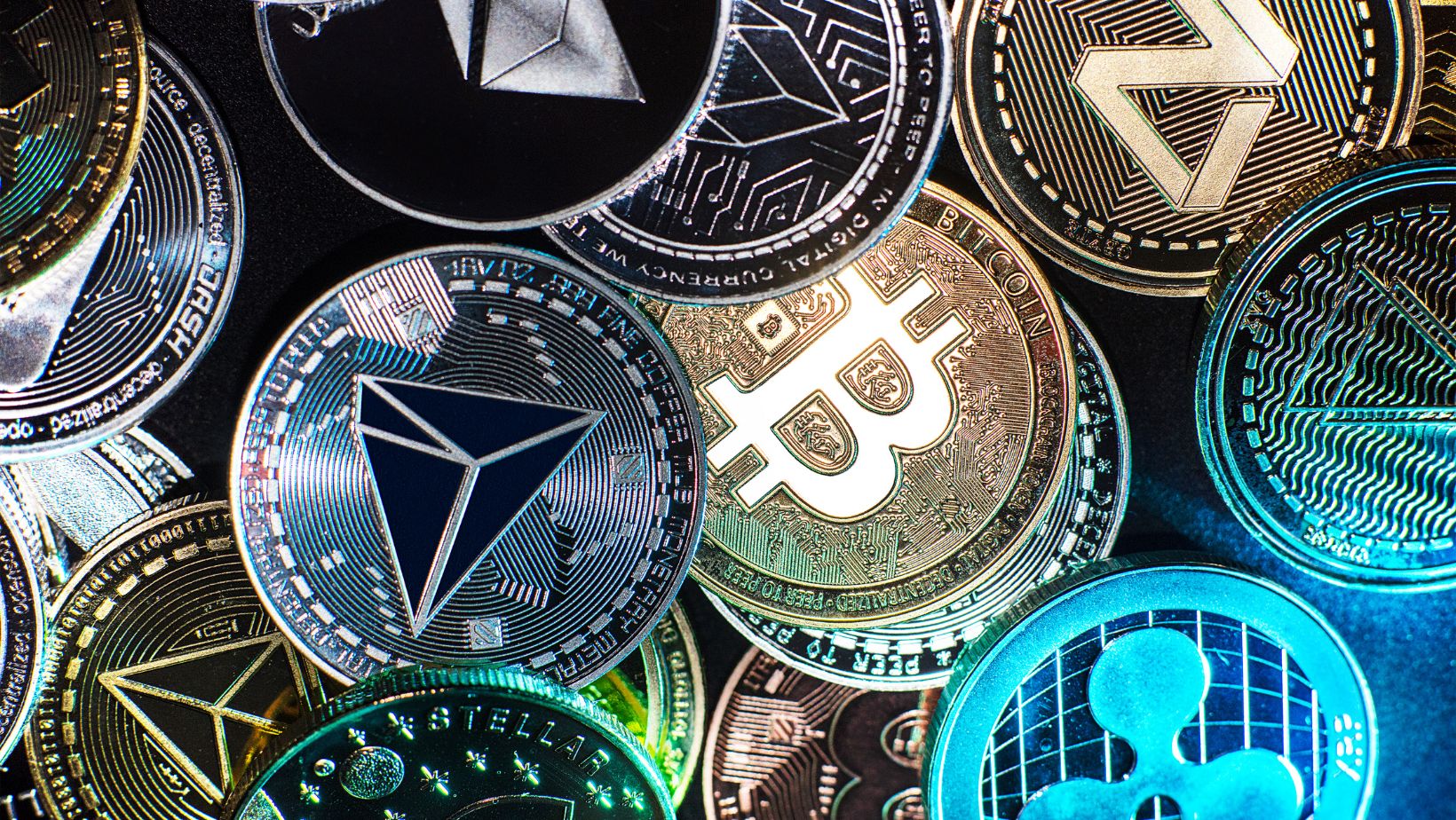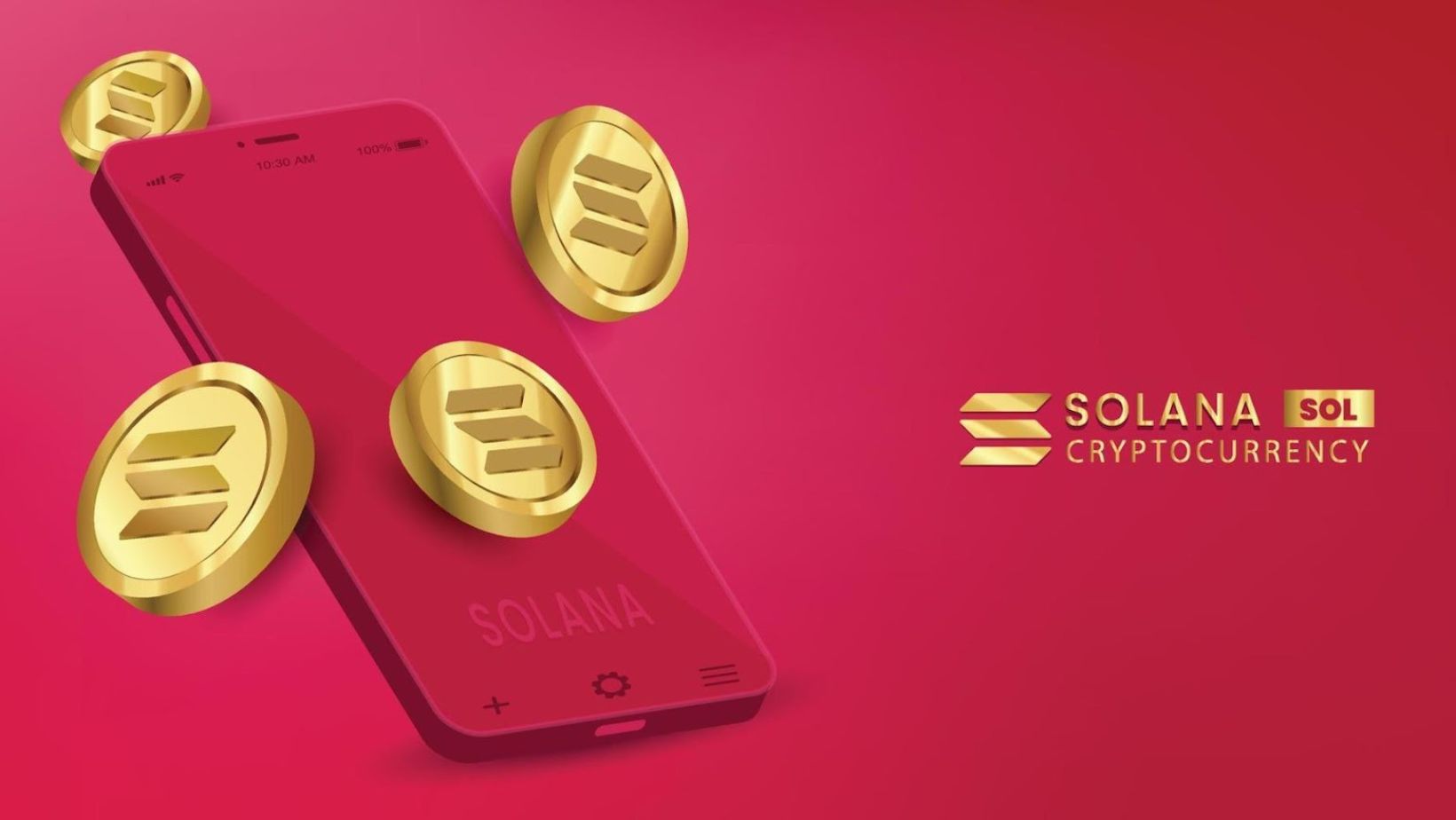Solana may have fallen from grace in 2022, but the cryptocurrency has roared back into life this year, as shown by the numerous token accounts and increased active wallet count. After its meteoric increase of 414% in Q4 of 2023, Solana ranked among the top 10 cryptocurrencies, and at the time of writing, it is sitting in 4th place, with a price of $228.79. According to charts, the rise of Solana mirrored the rise of the crypto king – Bitcoin, illustrating the strong connection between the two tokens. Regarding sol price prediction in the long run, analysts have started to wonder whether the cryptocurrency has the chance to reach the $1,500 milestone, especially because it has been dominating headlines for a long time. While Solana may not reach the milestone anytime soon, such performance is not out of the question.
Understanding Solana: Use, Transaction Fees, and More
Solana is a third-generation, layer one blockchain created for mass adoption, as it is fast, inexpensive, and energy-efficient, and utilizes a PoS consensus model, topped with a proof-of-history model that helps enhance the speed of transaction validation, providing users sub-second finality. The Solana network supports a smart contract ecosystem, and it was first conceived with the introduction of the first version of the Solana whitepaper, whose author was Anatoly Yakavenko. In the whitepaper, the author explains how a reliable clock can considerably simplify a decentralized network’s synchronization, allowing for an increase in throughput that the network’s bandwidth can limit.
Alongside some former colleagues from Qualcomm, a company that focuses on telecom equipment, Anatoly started to work on the development of the project. It was initially introduced as Loom before it became Solana (the name’s origin is tied to Solana Beach, where several people from the development team lived while working at the company).
Solana evolved through many iterations and showcased its transaction processing potential on different testnets before successfully hosting an ICO in 2020 and launching its mainnet right after that.
Interestingly, transaction fees on Solana are very low, costing around 0.000033234 SOL ($0.004) at the time of writing. It’s worth noting that the minimum base fee for transactions is 0.000005 SOL ($0.0005), which is increased by a computation fee relative to how the sender seeks to use the network ( for example, a computation fee is needed to use a smart contract; however, only send SOL will have to pay the base fee).
While Solana has faced multiple major downtime incidents, its popularity still persists, and this is mainly because major venture capital firms back it. Furthermore, developers can write smart contracts in C++ and Rust programming languages, enabling several smart contracts to be developed. Users can also utilize a Solang compiler to develop Solana smart contracts from the most popular smart contract language in the world – Solidity.

This accessibility makes Solana appealing for developers as well as many hackathons, with pre-seed funding and large prize potential that continue to draw developers to the network.
Is it Possible for SOL to Achieve the $1,500 Milestone by 2030?
As already mentioned, Solana has been performing extremely well in terms of market capitalization, with recent metrics illustrating a surge in DEX trading volumes, topping above 25 million active addresses. This optimism results from its dominance in DeFi, which is bolstered by the low and fast transaction fees. However, despite this bullish trajectory, there are still challenges. Regulatory investigations, especially from the SEC, as well as competition from other Layer-1 solutions ( such as Ethereum), could slow down Solana’s performance.
According to some market experts, Solana’s integration of groundbreaking innovations, such as enhanced security protocols and zk-rollups could boost its adoption in the Web3 space. Enhanced strategic partnerships and developer activity are significant drivers for future growth, while the energy-efficient proof of history model and collaborations with significant platforms play a role in attracting developers. Still, given the predictions of $300 in the short term and the bullish forecasts for the long run, it’s impossible not to wonder whether the $1,500 target is realistic. If Solana continues its innovation pace and prevents technical setbacks from occurring, the target could become a reality by 2030.
It’s worth noting that there are a range of factors inside and outside Solana’s ecosystem that need to be taken into account when considering its future performance. First and foremost, cryptocurrencies are a unique asset class, meaning that what impacts one will impact another as well. Moreover, it’s important to remember that no other crypto out there wields a more significant influence than Bitcoin, and its price movements will definitely define market momentum for an extended period.

The Solana blockchain is centralized compared to others and has a high validator setup cost that can stretch into tens of thousands before buying the necessary SOL. In fact, as time moves forward and blockchains become more mainstream, the public will likely favor decentralized solutions that don’t depend on the institutions that have previously failed them ( and this isn’t a good thing for Solana). Similarly, when it comes to Solana, it’s important to remember that there’s no such thing as a definitive roadmap, and thus, it’s challenging for investors to get excited about new developments before they even emerge. However, the market will likely react accordingly as developments are introduced and rolled out.
Conclusion
While Solana has faced some challenges in the past, this year, the cryptocurrency has come back stronger than before, and the on-chain metrics illustrate that the network keeps growing in popularity. Given its high levels of usage and favorable metrics, many experts believe Solana is a reliable long-term investment, but according to pragmatic investors, the regular outages, high level of centralization, and securities label are factors that need to be aware of when looking to buy Solana. As always, it’s important to approach this crypto investment cautiously and not be overly optimistic regarding its future. While Solana may not have the chance to follow the path of Bitcoin, its growth potential is still significant.

